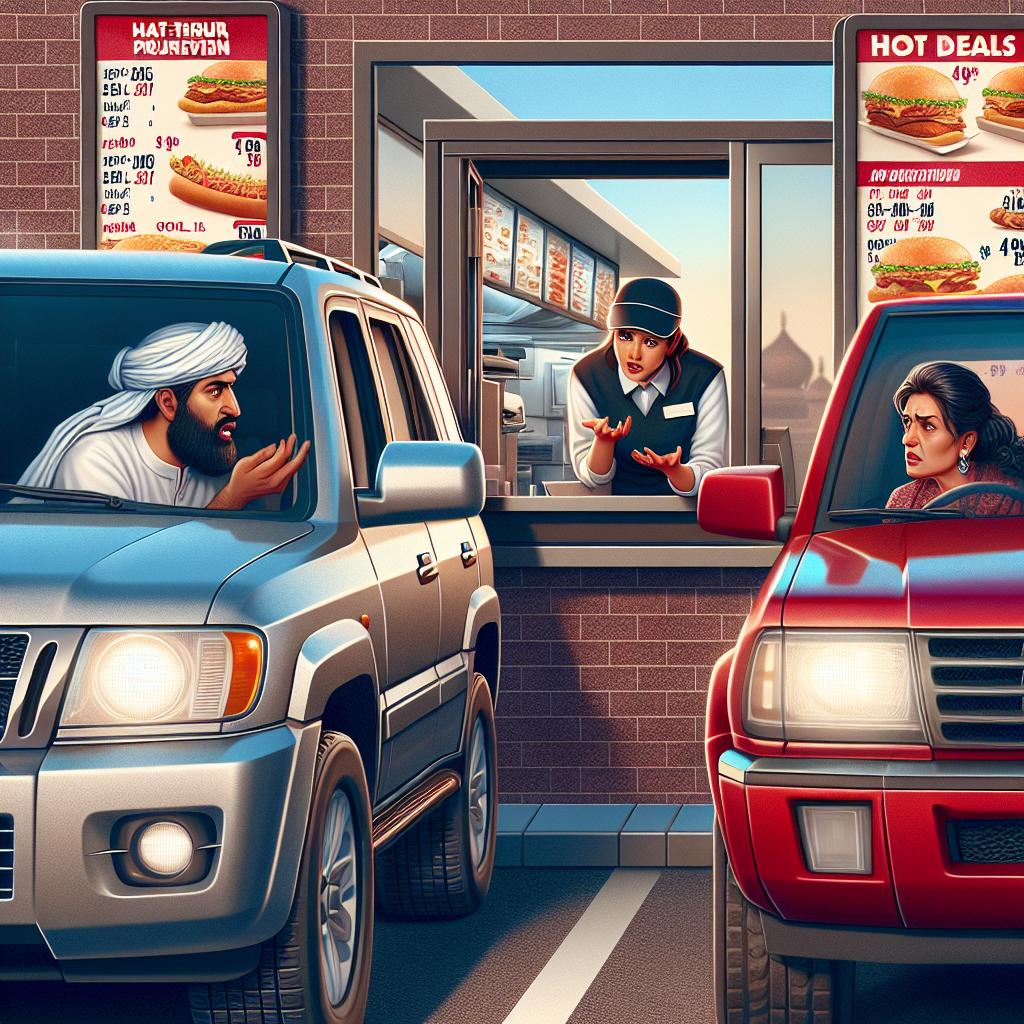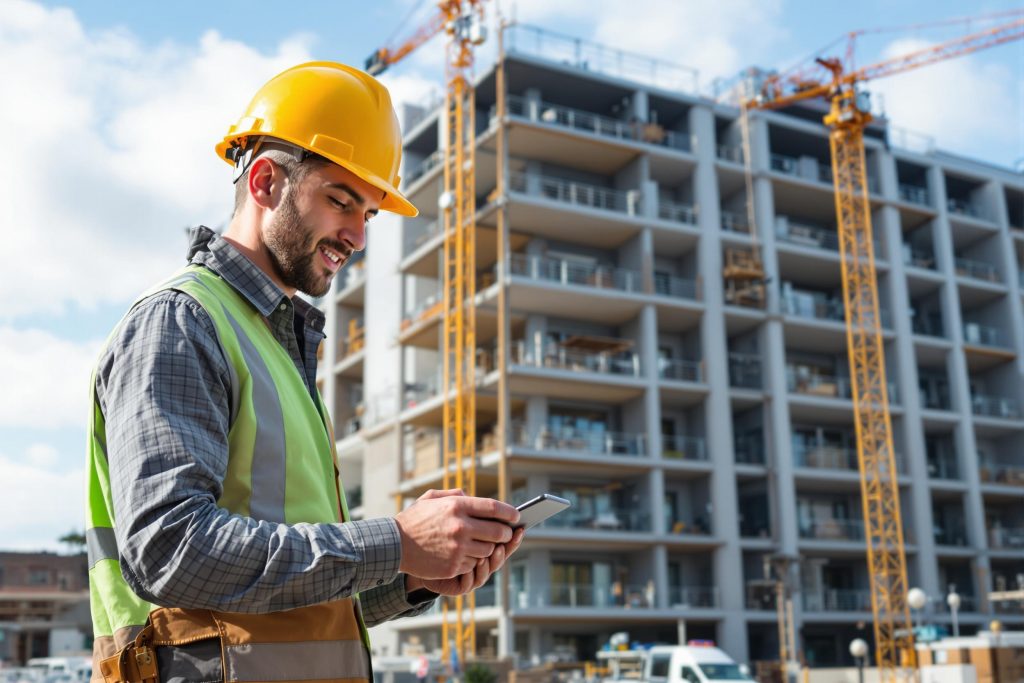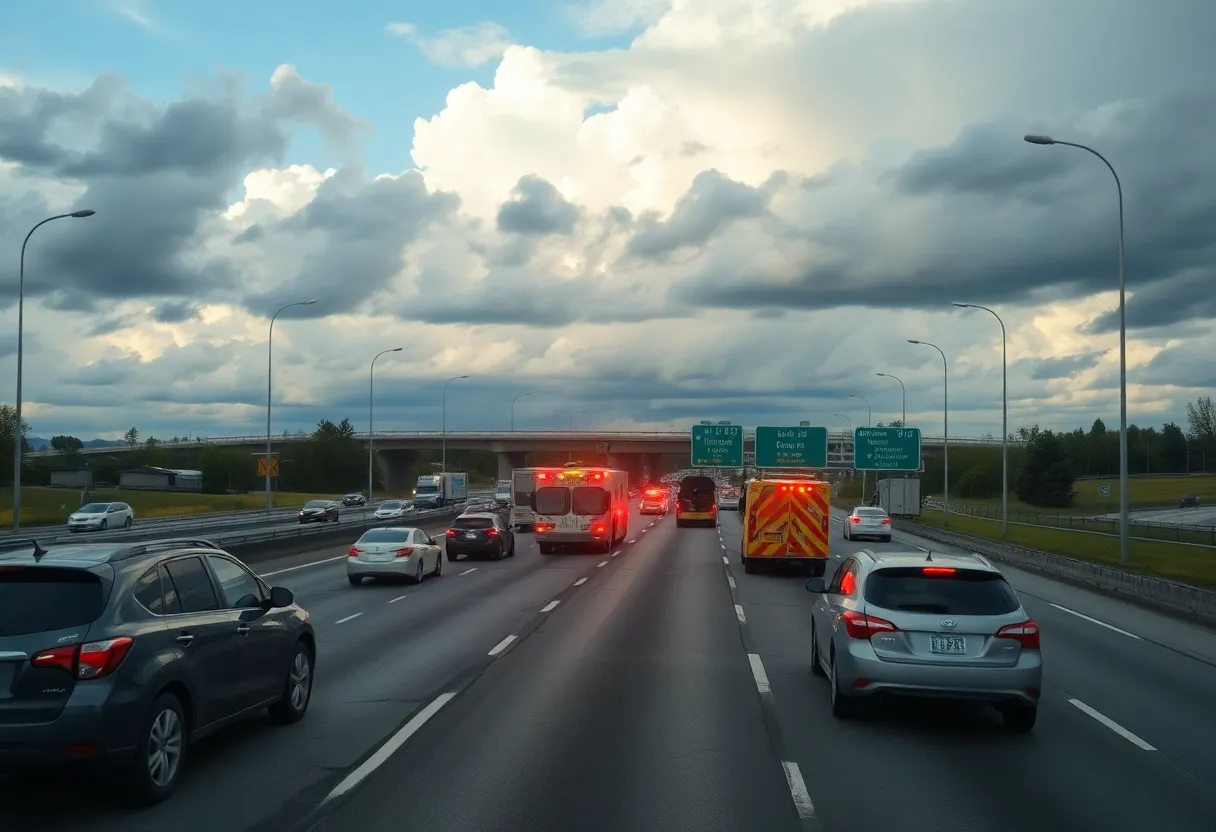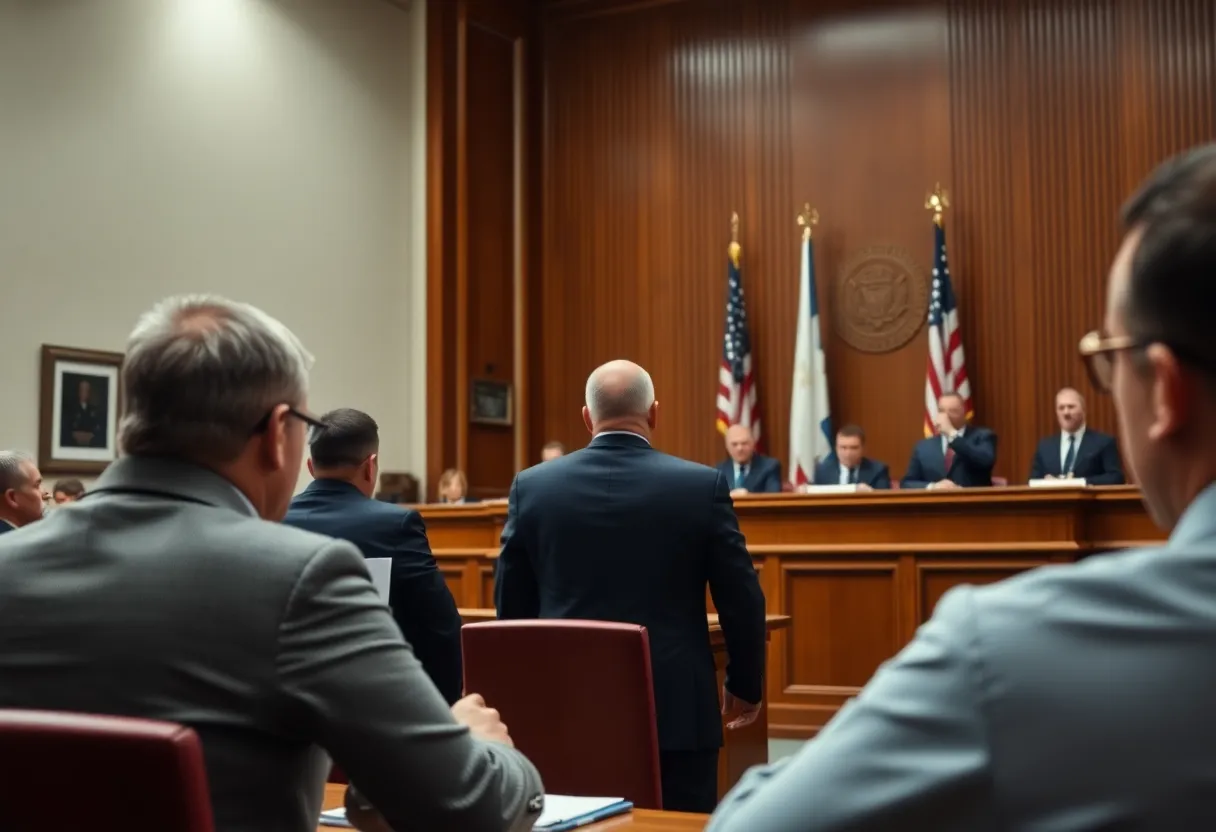Memphis Faces a Drive-Thru Dilemma with Whataburger Project
In Memphis, a new mixed-use development is stirring up some controversy, all thanks to a familiar name in fast food: Whataburger. The city is currently in the planning phases for a multi-faceted property that would include residential and commercial spaces, but the need for extra drive-thru lanes has thrown a wrench into the works. With the project’s aim to enhance the community and attract diverse businesses, the prospect of adding yet another fast-food drive-thru to an area already filled with them has raised eyebrows.
Located in the vibrant Midtown area, the proposed development wants Whataburger to play a key role, complete with its own dedicated drive-thru. According to various city council discussions, the region is already stuffed with quick service restaurants, raising questions about whether another drive-thru is really what the community needs.
From the looks of it, the intention behind the project is solid. Mixed-use developments are highly sought-after in urban areas—they’re trendy. They combine living and commercial space into one convenient location, promoting foot traffic and a tight-knit community vibe. Many city planners believe that these types of projects, which create a blend of residences, shops, and recreational space, can breathe new life into neighborhoods and enhance local economies.
However, adding another drive-thru lane complicates things. City officials, including some council members, have voiced concerns that this move might set a troubling precedent. They argue that adding more drive-thrus can take away from the walkability of the neighborhood. Less foot traffic and fewer pedestrians could lead to diminishing interest from other kinds of businesses that could be set up there—places like cafes, boutiques, or even larger retail establishments that would fit well into a mixed-use space.
While fast-food outlets have their fans, there is also a significant portion of the community that desires more variety in dining options. City Council member Shawn Massey noted that residents are increasingly looking for diverse food experiences, noting that not every new project needs to feature another fast-food chain. Massey said, “We want to attract unique businesses that can contribute to the character of our neighborhoods.”
Adding to the debate, there’s also the physical landscape of the Midtown area to consider. The city aims to create a pedestrian-friendly atmosphere, which is becoming an essential factor in urban planning. Some council members argue that if this drive-thru is approved, it may lead to more requests from other fast-food outlets, further saturating the area with drive-thru options—it could become a domino effect. The location is already quite busy, and adding even more traffic to an area that’s not built for it could create headaches for local residents.
In the past, other cities have seen a similar pattern, where an influx of fast-food chains can lead to a downturn in community-oriented establishments. At the end of the day, businesses want customers, and few are likely to pull in large crowds if there’s a drive-thru competing just down the street. Council members worry that new projects should align with broader community goals—more green spaces, unique shops, and dining experiences that are local and vibrant instead of cookie-cutter chains.
That said, there are many aspects of the Whataburger proposal that could be beneficial. It could bring in jobs and economic stimulus, not to mention the loyal followers of the fast-food chain who might be quick to support it. Many community members enjoy Whataburger’s offerings and would welcome one nearby. The classic orange-and-white striped roofs have become a beloved hallmark for fans across the South, creating a sense of familiarity and comfort.
As it stands, the Memphis City Council has yet to make a final decision, and the conversation is ongoing. The upcoming weeks will be crucial as community members and local officials weigh in. Many citizens are encouraged to express their thoughts—whether they’re die-hard Whataburger fans or seeking a mix of unique dining options. Balancing the needs for commercial growth with the aim of building a cohesive community is a tougher nut to crack than it seems.
Ultimately, this project serves as a reflection of a broader theme seen in city development: how to encourage economic growth while also crafting the urban landscapes that residents want and need. With the conversation continuing, the question remains—will Memphis opt for another drive-thru or embrace a vision that prioritizes diversity and character in its neighborhoods?







